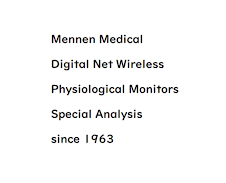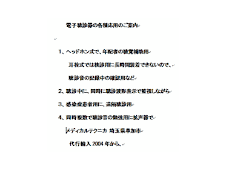Monday, May 12, 2014
The device automatically notifies if something isn’t right
Mobile Assistance Systems: “The device automatically notifies if something isn’t right”
02/05/2014
Dr. Michael Scholles; © private
Staying active and mobile when you are old – who doesn’t want that? People suffering from dementia can often only dream about that. The fear of not finding your way back home or not getting any help in an emergency severally restricts many affected people in the way they live their lives. Yet there are many people, who could still actively and independently participate in life despite mild dementia.
The Fraunhofer IPMS in Dresden has now developed a mobile assistance system that is meant to make this possible. MEDICA.de spoke with Dr. Michael Scholles, Head of Business Development and Strategy at the Fraunhofer Institute for Photonic Microsystems.
MEDICA.de: Dr. Scholles, the Fraunhofer IPMS participated in developing a mobile assistance system that a person wears on the wrist like a watch. What can this device do that a cell phone is not able to do for instance?
Michael Scholles: In theory, all the functions of our assistance system can also be integrated into a Smartphone. However, we want to address those groups of people, who no longer have the cognitive abilities to use a Smartphone. This can be people with mild dementia for example, who still want to be mobile and can be despite their illness.
MEDICA.de: How does the assistance system support a person’s mobility?
Scholles: Our mobility system is equipped to help in an emergency, for instance by making a distress call to an emergency call center or by informing a designated caregiver that the wearer of the device needs assistance. The entries into the device don’t have to be made by the wearer, but can be done online by the nursing service, a physician or family members. Close relatives, but also nursing staff can serve as caregivers. The respective cell phone number is entered into the assistance system via a web portal. The wearer then only has to push a button on the display and the caregiver is informed.
MEDICA.de: Keyword emergency: what happens when the user is no longer able to push the emergency button on the touchscreen?
Scholles: This is why we integrated an additional fall detection sensor into the device. In these cases, the device automatically signals – after a predetermined time – that something isn’t right or the device automatically makes an emergency call.
The mobile assistance system can be worn like a watch; © Fraunhofer IPMS
MEDICA.de: What did you particularly pay attention to during the development?
Scholles: In our studies, we first verified what the technical execution would need to look like, so the device can be used by the target group based on its functionality. You need to consider that aside from cognitive limitations, visual impairment or problems with hand-eye coordination also play a role. When we design the display for instance, this was something that we needed to consider. The assistance system also serves as a kind of "alarm clock". You have the option of creating a list of drugs that can be readout by nursing staff on site and that reminds them when the patient is scheduled to take his/her medication.
MEDICA.de: During the project, did you also consider whether the recording of biological functions that can be important to the attending physician for instance should be included?
Scholles: This is technically definitely possible, but it is not scheduled for this project. Until the end of the project by approximately the middle of this year, our focus is on completing the software and improving the design, since we only presented a prototype so far.
MEDICA.de: You introduced the device at the 2013 MEDICA. What was the feedback?
Scholles: Feedback was positive throughout. We received many comments stating that such an assistance system makes a lot of sense.
Subscribe to:
Post Comments (Atom)

















No comments:
Post a Comment